In recent years, Hungarian Wax peppers have found a fiery new fanbase across the United States. With their vibrant yellow hue, medium heat, and distinctive tang, these peppers have become a go-to choice for American home gardeners, hot sauce makers, and spice lovers alike.
Whether you’re pickling, grilling, stuffing, or slicing them into fresh salsas, Hungarian Wax peppers deliver just the right balance of heat and sweetness. They’re bright, flavorful, and adaptable — equally perfect for backyard barbecues and gourmet recipes.
In this detailed guide, we’ll explore everything you need to know about Hungarian Wax peppers — from their origins and heat profile to growing tips, nutrition facts, and mouthwatering American-style recipes that showcase their versatility.
1. What Are Hungarian Wax Peppers?
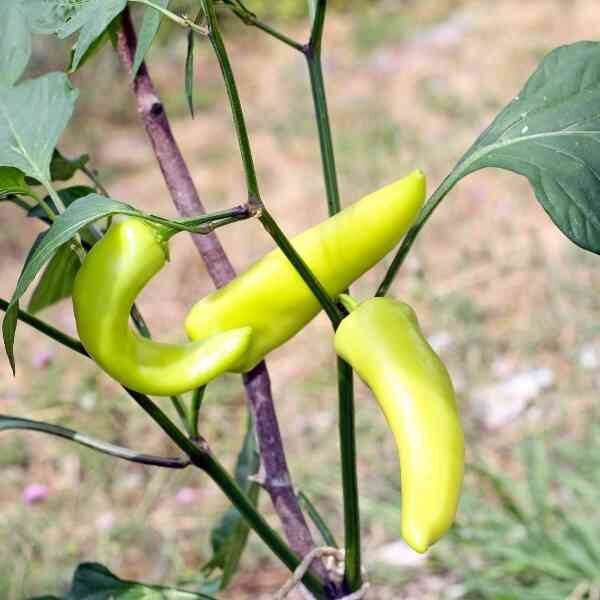
The Hungarian Wax pepper (Capsicum annuum) is a medium-hot chili pepper originating from Hungary, where it’s long been a staple in Eastern European cuisine. In Hungary, these peppers are commonly used in paprikash, stews, and pickled condiments — and now, they’ve become a favorite across the U.S.
They’re called “wax peppers” because of their smooth, waxy texture and bright yellow skin that turns orange and then red as it ripens.
Key characteristics:
- Length: 4–6 inches
- Color: Pale yellow (young), orange to red (mature)
- Heat Level: 5,000–10,000 Scoville Heat Units (moderate spice)
- Flavor: Tangy, slightly sweet, with a bold chili kick
The Hungarian Wax pepper is often mistaken for the banana pepper due to its similar appearance — but make no mistake, it packs far more heat.
2. Hungarian Wax vs. Banana Pepper: Know the Difference
At first glance, these two peppers can be confusingly similar. Both are long, curved, and yellow — but their flavor and heat levels tell a different story.
| Feature | Hungarian Wax Pepper | Banana Pepper |
|---|---|---|
| Heat Level | 5,000–10,000 SHU | 0–500 SHU |
| Flavor | Tangy, hot, slightly sweet | Mild, tangy, and sweet |
| Color | Yellow to red | Yellow to light green |
| Common Uses | Pickling, stuffing, salsas | Sandwiches, salads, mild pickles |
If you like the shape and look of banana peppers but crave more punch, Hungarian Wax is your perfect upgrade.
3. Flavor Profile: Bright Heat with Tangy Sweetness
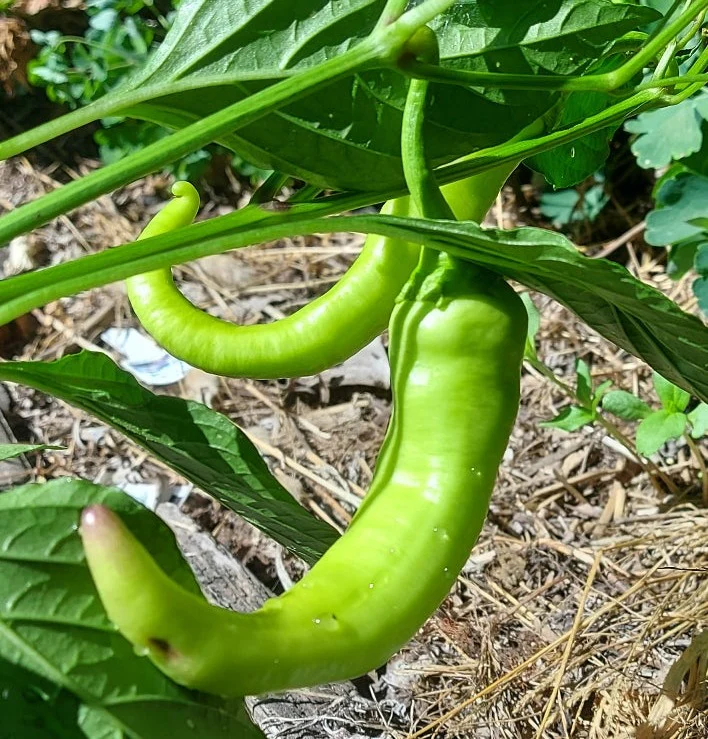
Hungarian Wax peppers bring a bright, clean flavor with a medium heat that’s noticeable but not overwhelming. The initial bite is slightly tangy and fruity, followed by a satisfying chili warmth that lingers pleasantly.
When cooked, their natural sugars caramelize, enhancing sweetness while mellowing the heat. When pickled, they develop a tangy zest that complements burgers, sandwiches, and tacos beautifully.
They’re versatile enough for both raw and cooked preparations, offering flexibility to adventurous home cooks.
4. Nutrition and Health Benefits
Hungarian Wax peppers are more than just spicy — they’re packed with nutrients and health-boosting compounds.
Nutritional highlights (per 100g of fresh pepper):
- Calories: 27
- Vitamin C: 140% of daily value
- Vitamin A: 25% of daily value
- Fiber: 2g
- Capsaicin: Natural compound known for anti-inflammatory and metabolism-boosting benefits
Health Benefits:
- Boosts Immunity: High vitamin C strengthens your immune defenses.
- Aids Metabolism: Capsaicin promotes fat burning and increases metabolism.
- Supports Heart Health: Antioxidants reduce inflammation and cholesterol levels.
- Improves Digestion: The mild heat stimulates digestion naturally.
- Enhances Mood: Capsaicin triggers endorphins — your body’s natural feel-good chemicals.
For Americans looking to add flavor, color, and health benefits to their diet, Hungarian Wax peppers are a vibrant and powerful choice.
5. Growing Hungarian Wax Peppers in the U.S.
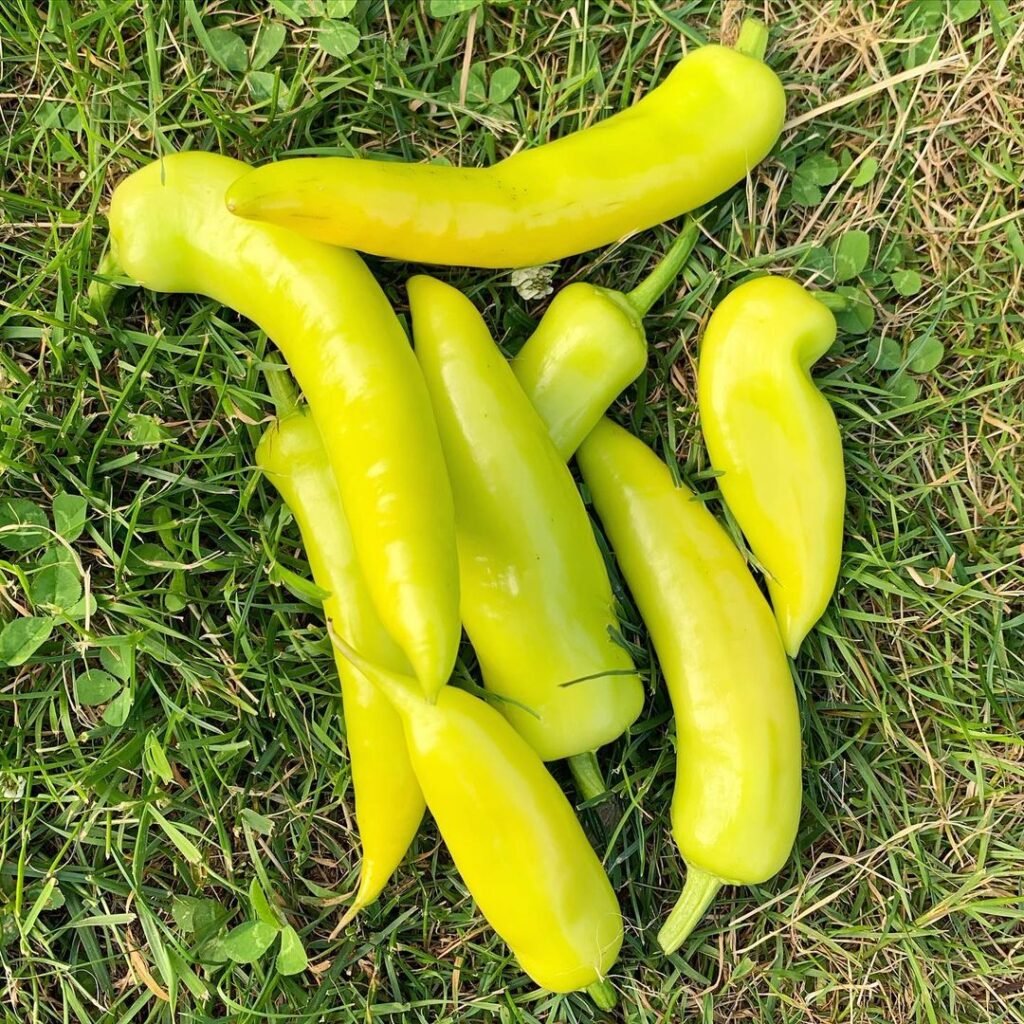
If you love gardening, you’ll be happy to know that Hungarian Wax peppers are easy to grow and perform exceptionally well in American climates.
They thrive in USDA zones 4–11, especially in warm, sunny areas like California, Texas, and Florida.
Step-by-step growing guide:
- Start Indoors: Begin seeds 8–10 weeks before the last frost date.
- Transplant Outdoors: Move seedlings outside when nighttime temperatures stay above 60°F.
- Sunlight: At least 6–8 hours daily.
- Soil: Well-drained and nutrient-rich.
- Watering: Keep soil evenly moist; avoid waterlogging.
- Harvest: Pick when yellow for tangy heat or red for sweeter flavor (70–80 days after transplanting).
Each plant can produce up to 20–30 peppers, offering a steady supply throughout the growing season.
6. How to Use Hungarian Wax Peppers in Cooking
Hungarian Wax peppers shine in a wide range of American and global dishes. Their moderate spice level makes them versatile — adding just enough kick without overpowering the meal.
a. Pickled Wax Peppers
A favorite in American delis and burger joints!
Slice and pickle them in vinegar, garlic, and salt for a tangy, crunchy topping that pairs perfectly with sandwiches and pizzas.
b. Stuffed Wax Peppers
Fill with cream cheese, sausage, or rice and bake until tender. These make a spicy, flavorful appetizer or dinner side.
c. Sautéed or Grilled Peppers
Slice and sauté with onions to serve alongside steak, chicken, or fajitas. Grilling enhances their smoky sweetness.
d. Wax Pepper Hot Sauce
Blend roasted Hungarian Wax peppers with garlic, vinegar, and honey for a bright, golden hot sauce — perfect for eggs, tacos, and BBQs.
e. Fresh in Salsas and Salads
Dice raw for a spicy crunch in tomato salsa, potato salads, or pasta salads. Their bright yellow color adds a beautiful pop.
f. In Hungarian-Inspired Dishes
For a taste of tradition, use them in goulash, paprikash, or stewed chicken, adding both flavor and heat.
7. American Recipe Spotlight: Grilled Hungarian Wax Peppers with Garlic-Lemon Butter
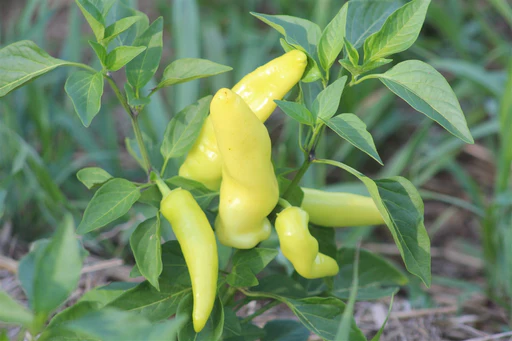
Ingredients:
- 6–8 Hungarian Wax peppers
- 2 tbsp olive oil
- 1 tbsp butter
- 1 clove garlic, minced
- Juice of ½ lemon
- Salt and black pepper to taste
Instructions:
- Preheat grill to medium-high.
- Brush peppers with olive oil and grill for 5–6 minutes, turning occasionally until charred.
- Melt butter in a small pan, add garlic, and cook for 1 minute.
- Toss grilled peppers in the garlic butter and squeeze fresh lemon juice on top.
- Season with salt and pepper.
Serve hot as a side dish or appetizer. This quick, flavorful recipe combines smoky, spicy, and citrusy notes — a perfect fit for American summer cookouts.
8. Storing and Preserving Hungarian Wax Peppers
To extend their freshness:
- Refrigerate: Store unwashed in the crisper drawer for up to 10 days.
- Freeze: Slice and freeze for use in soups or stir-fries (up to 6 months).
- Pickle: Preserve in vinegar for long-term use.
- Dry: Dehydrate and crush for homemade chili flakes or seasoning blends.
Proper preservation lets you enjoy their vibrant flavor year-round.
9. Substitutes for Hungarian Wax Peppers
Can’t find Hungarian Wax peppers? Try these substitutes with similar taste and heat:
- Jalapeños: Slightly hotter and more common.
- Banana Peppers: Milder, tangier option.
- Serrano Peppers: Sharper heat but similar texture.
- Anaheim Peppers: Larger, mild, and ideal for stuffing.
10. Where to Buy Hungarian Wax Peppers in the U.S.

Hungarian Wax peppers are becoming easier to find thanks to rising demand. You can buy them:
- Fresh: At farmers’ markets and grocery chains like Whole Foods, Safeway, and Kroger.
- Seeds: From garden centers or online retailers like Burpee, Baker Creek, or Johnny’s Selected Seeds.
- Pickled: In jars at specialty stores and online marketplaces.
Pro tip: Look for peppers that are firm, glossy, and vibrant yellow for the freshest flavor.
11. Fun Facts About Hungarian Wax Peppers
- They were first cultivated in Hungary centuries ago for making traditional paprika and pickles.
- The pepper’s name comes from its “waxy” skin — not because it’s coated with anything artificial.
- As they ripen from yellow to red, the heat slightly decreases while sweetness increases.
- Many American hot sauce brands use Hungarian Wax peppers for their golden color and balanced heat.
12. Why Americans Are Falling in Love with Hungarian Wax Peppers
In today’s food culture, Americans crave bold flavor without overwhelming heat — and that’s where Hungarian Wax peppers shine.
They’re hot but approachable, colorful yet earthy, and equally at home in pickling jars or gourmet dishes. Their versatility bridges the gap between traditional European recipes and modern American cooking trends, making them a must-have for spice enthusiasts and gardeners alike.
From homemade hot sauces to garden-to-table meals, these golden chilies bring color, warmth, and excitement to every plate.
Conclusion: Bright, Bold, and Beautifully Balanced
The Hungarian Wax pepper is more than just a pretty yellow chili — it’s a symbol of flavor, versatility, and creativity in American kitchens. With its moderate heat, crisp texture, and dynamic taste, it’s a perfect pepper for those who love a little spice without crossing into fiery territory.
Whether you grow them in your backyard, pickle them for sandwiches, or roast them for dinner, Hungarian Wax peppers add a unique kick that transforms any dish into something unforgettable.
So, the next time you see these golden beauties at your local market — don’t walk past them. Bring a little Hungarian heat into your American kitchen!
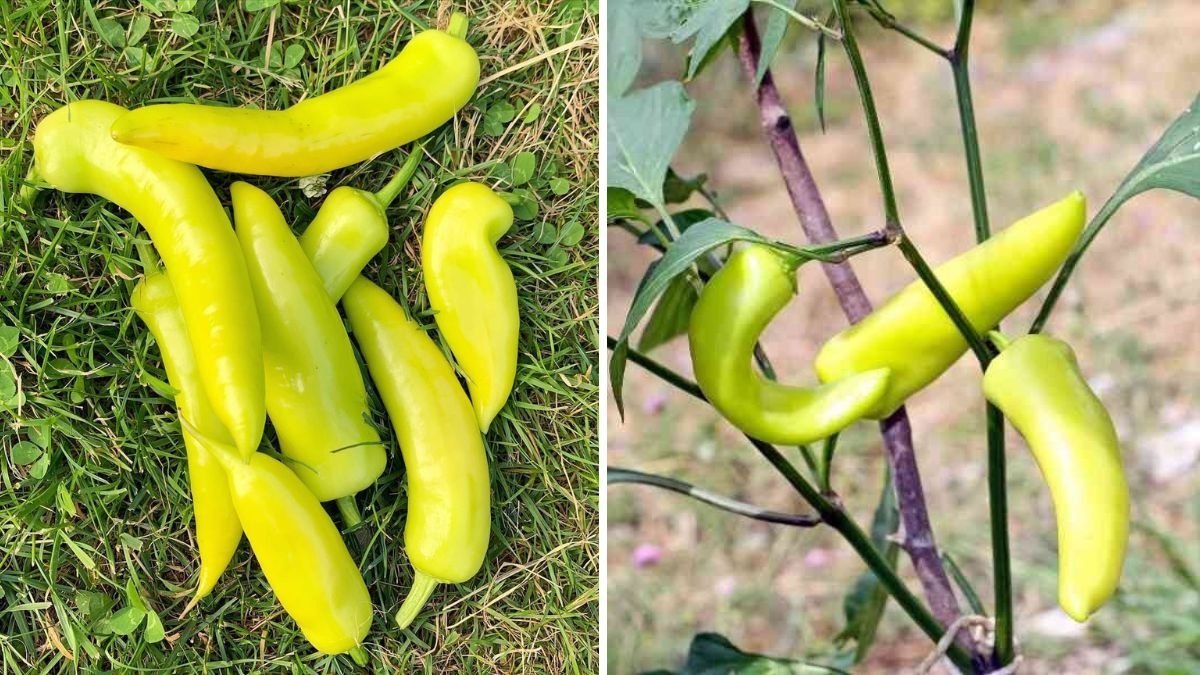





Leave A Comment